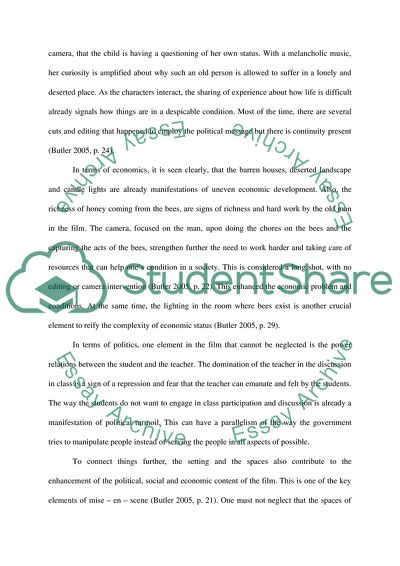Cite this document
(“How the films depict the discomfort of individuals within societies Essay”, n.d.)
How the films depict the discomfort of individuals within societies Essay. Retrieved from https://studentshare.org/visual-arts-film-studies/1595113-how-the-films-depict-the-discomfort-of-individuals-within-societies-that-often-seem-oppressiveas-well-as-the-films-political-social-and-economic-messages
How the films depict the discomfort of individuals within societies Essay. Retrieved from https://studentshare.org/visual-arts-film-studies/1595113-how-the-films-depict-the-discomfort-of-individuals-within-societies-that-often-seem-oppressiveas-well-as-the-films-political-social-and-economic-messages
(How the Films Depict the Discomfort of Individuals Within Societies Essay)
How the Films Depict the Discomfort of Individuals Within Societies Essay. https://studentshare.org/visual-arts-film-studies/1595113-how-the-films-depict-the-discomfort-of-individuals-within-societies-that-often-seem-oppressiveas-well-as-the-films-political-social-and-economic-messages.
How the Films Depict the Discomfort of Individuals Within Societies Essay. https://studentshare.org/visual-arts-film-studies/1595113-how-the-films-depict-the-discomfort-of-individuals-within-societies-that-often-seem-oppressiveas-well-as-the-films-political-social-and-economic-messages.
“How the Films Depict the Discomfort of Individuals Within Societies Essay”, n.d. https://studentshare.org/visual-arts-film-studies/1595113-how-the-films-depict-the-discomfort-of-individuals-within-societies-that-often-seem-oppressiveas-well-as-the-films-political-social-and-economic-messages.


